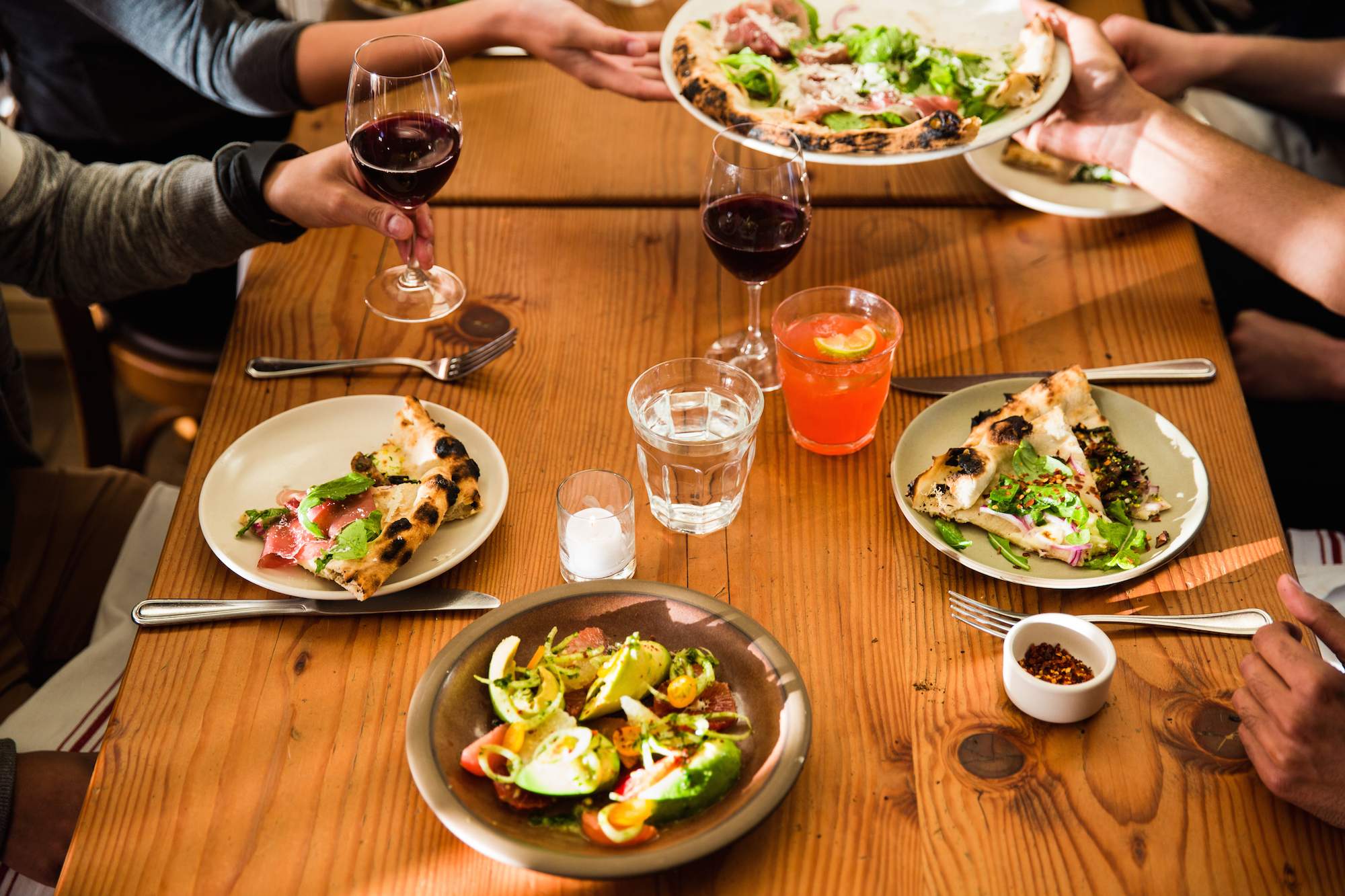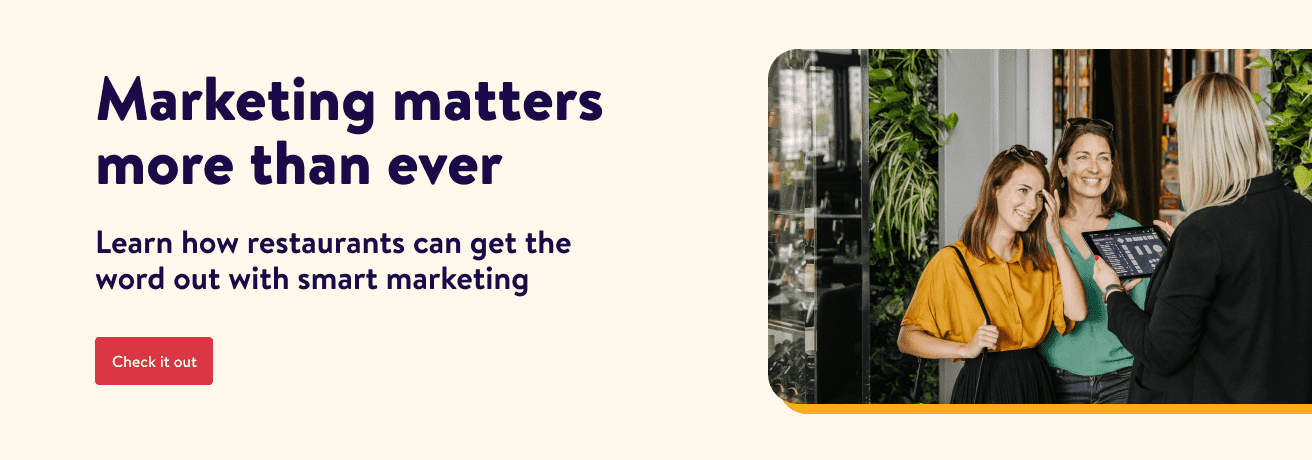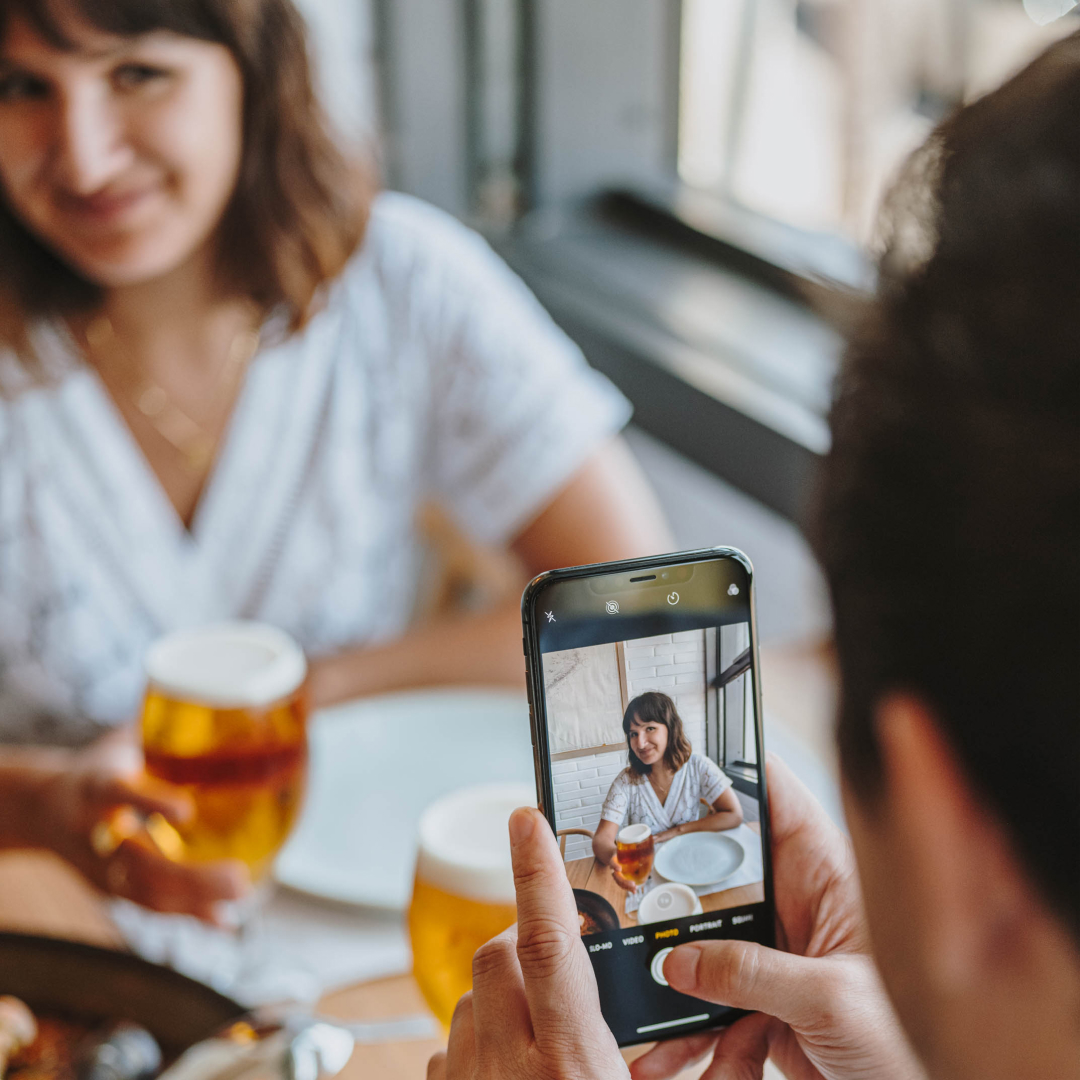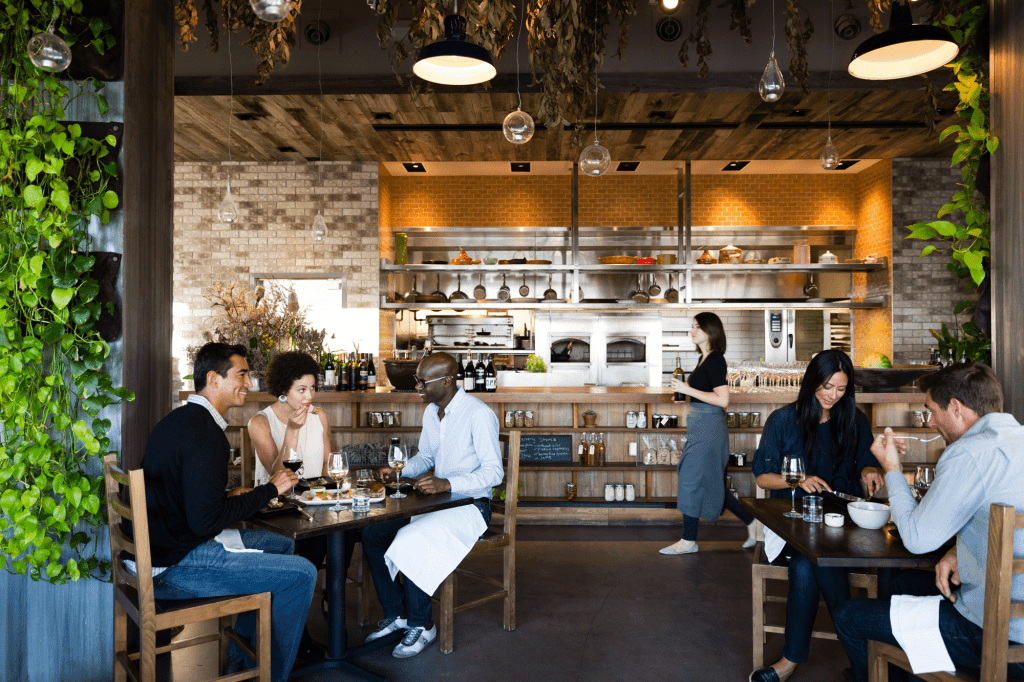
The holidays are a huge time for marketing pushes, and the team at Ideawork Studios, a branding and digital marketing agency that specializes in luxury and hospitality brands, are well versed in holiday-themed emails. According to the agency, here’s what works and what doesn’t in the world of email communications.
Ideawork partners with brands, including Jean-Georges Restaurants, Le Bernardin, Charlie Palmer Restaurants, Daniel Boulud, Eleven Madison Park, The NoMad, and Andrew Carmellini’s restaurants, on naming, identity, graphic design, web development, and ongoing e-marketing, among other services.
“They are awesome individuals and have a lot of commonality,” says Jay Schwartz, owner and Chief Creative Officer, of the chefs he works with. “They are crazy meticulous about their brands and are all very involved. If there’s one takeaway, it’s this: Trust people to do what they do, but also don’t go in blindly. You need to be involved in all facets of your restaurant, not just the back of house or front of house.”
We asked Schwartz to share some of his email marketing best practices for restaurants. Here are 12 tips to keep in mind.

1. Be proactive, not reactive. The first thing Schwartz does when creating an email marketing strategy is to look at the calendar and know what important dates are coming up: Mother’s Day, graduations, Restaurant Weeks, and Father’s Day, to name a few. “We know our big calendar dates that we need to promote,” he says. “That’s easy, but it’s often overlooked.” Think about the appropriate timing, too, and when people are likely making plans for those dates; right now, people are starting to think about Valentine’s Day. Next, look at the holes you need to fill, and if there’s a slow period, use email communication to fill it and keep your brand top of mind for guests.
2. Strike the right cadence. Aim to email your list one to two times a month, says Schwartz. Send a multi-topic communication once a month and a more targeted message once a month; you don’t want to be annoying guests by inundating them with emails. Schwartz’s tip: prep people at the beginning of the month for what’s ahead, and give them time to take action. A couple of weeks later, reinforce the message with a gentle reminder or email them with a more personal, conversational communication.
3. Stay on brand. Use your logos, graphics, and other branded images widely. Schwartz says there’s no difference in the open rate or click through rate between emails with images and plain text/HTML, so don’t be afraid to use your branded typography and other assets.
4. Pay attention to basics. That’s formatting, spelling, and grammar, specifically. It sounds obvious, but typos are rampant in many e-marketing messages. Proof and copyedit your emails, and have multiple other partners look it over before sending.
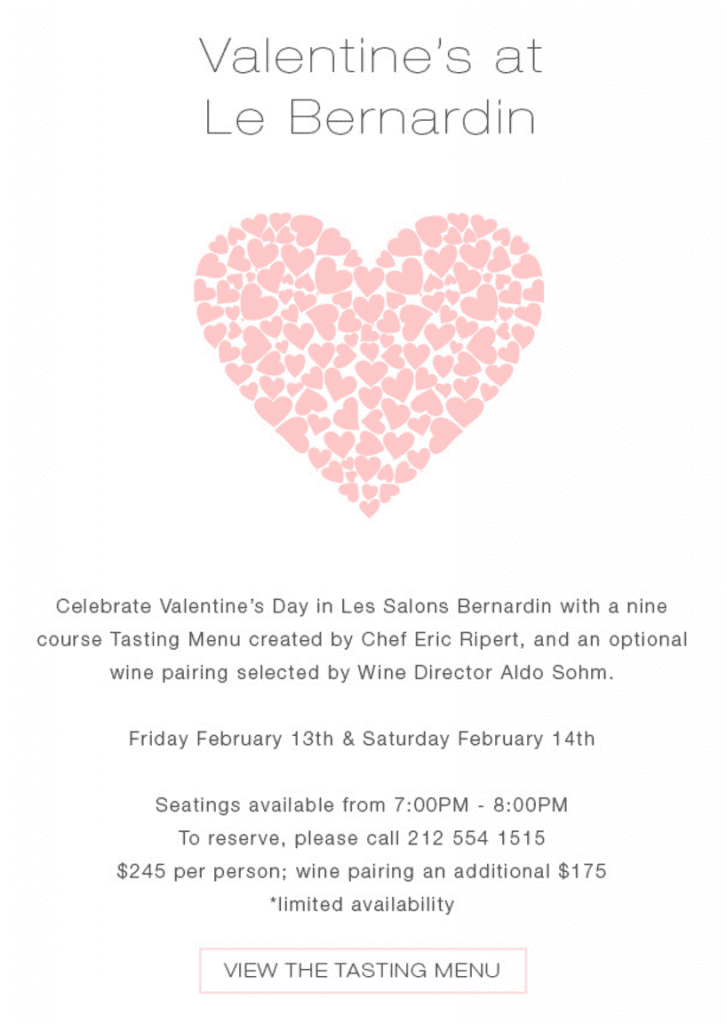
5. Focus on what’s inspiring. Fine-dining concepts may never promote a happy hour or discount. Instead, focus on new menu items and seasonality, and aim to inspire the reader. Call out special ingredients at the local farmers’ market, or adapt a featured recipe to share with home cooks. “Recipes are a great way to maintain the connection between the restaurant and the guest even when they’re not there are all the time,” says Schwartz. “A restaurant isn’t just a place to go, it’s a brand. To extend that brand reach, what could be more personal than tying your food to the home, to enjoy with family?”
6. Be conversational, not promotional—particularly when it comes to the email subject line, Schwartz advises. Also, don’t forget to name the restaurant or chef in the subject line to pique people’s interest. Celebrate your team and the people who bring the restaurant to life. “Hospitality is about people,” says Schwartz. “Showing the people behind the experience adds warmth and connection to the people that make up that brand.”
7. Get creative. Use photos to get readers excited about the food you’re serving and the people behind the brand. Schwartz recommends experimenting with animations, which add a personal, lively touch to a communication. Play around with plating videos to break down some of the mystery behind how dishes are created and to highlight the star of the show: the chefs.
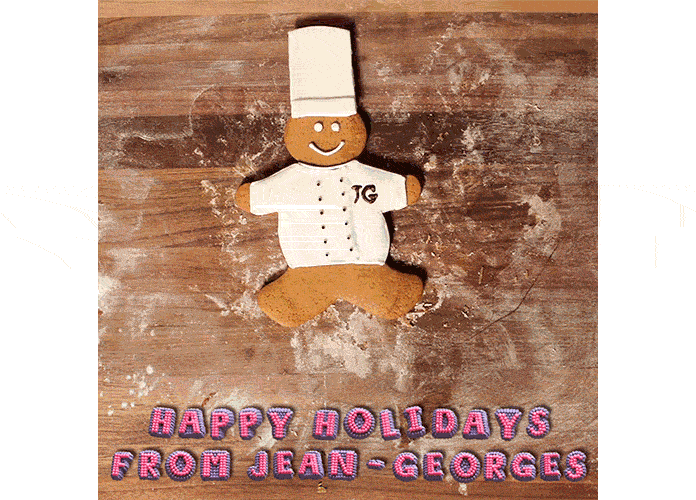
8. Know your tech capabilities. At the same time that you should experiment with videos, .gifs, and other fun visuals, know what you don’t know. Schwartz emphasizes: “When you’re creating an email message, keep it small. Work with someone who knows the technology, and optimize for delivery.” Some browsers don’t support animations, and a beautiful video does you no good if people aren’t able to view it—bad user experiences affect conversion, and large emails could land your message in a spam folder.
9. Use a single email for multiple messages. Don’t be afraid to include more than one message in a marketing email. If your primary message is about Restaurant Week, consider including a couple of sub-stories, as —a Valentine’s Day announcement, a recipe, or a link to private dining, for example. Here’s a great example from Eleven Madison Park.
10. Make it easy to book. Sounds obvious, but if your goal is for people to book reservations, place the booking link front and center.
11. Customize your emails. When using bulk email services, says Schwartz, “pay the extra little bit not to have their logo on it.” Especially for fine-dining concepts, you want people to feel a connection with your brand, not a third-party service provider.
12. Only email those who opt in. Don’t email people who haven’t requested information about your restaurant, unless you’re connected with a hotel or have a similar affiliation. Finding or buying lists is bad form, period.
